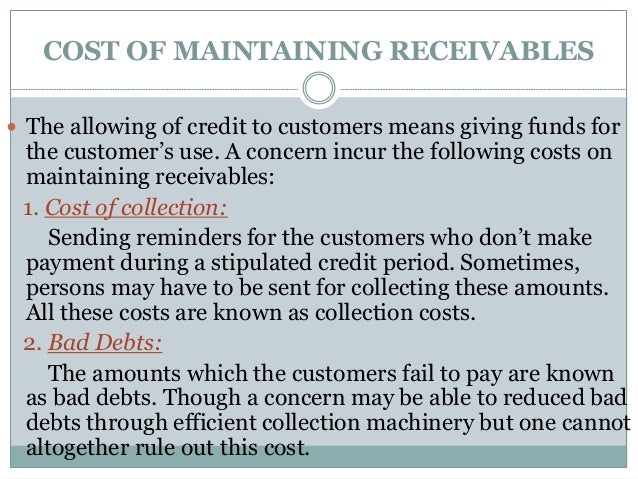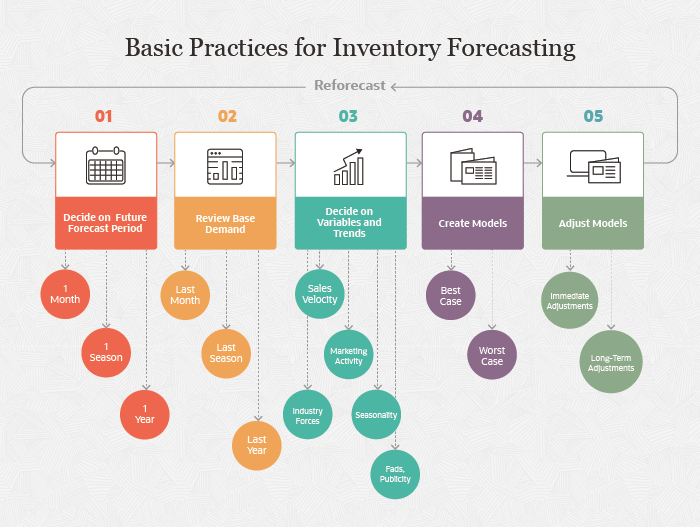International Receivable And Inventory Management Presentation
| Introduction to International Receivable and Inventory Management | ||
|---|---|---|
| International receivable and inventory management refers to the process of efficiently managing and controlling the receivables and inventory of a company in global markets. It involves balancing the need to maintain sufficient inventory levels to meet customer demands while minimizing the risk of holding excess inventory. Effective management of international receivables and inventory can lead to improved cash flow, reduced costs, and increased customer satisfaction. |  | |
| 1 | ||
| Key Challenges in International Receivable and Inventory Management | ||
|---|---|---|
| Your first bullet Currency fluctuations can impact the value of receivables and inventory, making it essential to have risk mitigation strategies in place. Your third bullet | ||
| 2 | ||
| Best Practices for International Receivable Management | ||
|---|---|---|
| Your first bullet Perform comprehensive credit checks on international customers to assess their creditworthiness and reduce the risk of non-payment. Your third bullet | ||
| 3 | ||
| Best Practices for International Inventory Management | ||
|---|---|---|
| Your first bullet Implement demand forecasting techniques to accurately predict customer demand and optimize inventory levels. Your third bullet | ||
| 4 | ||
| Risk Mitigation Strategies for International Receivable and Inventory Management | ||
|---|---|---|
| Your first bullet Diversify the customer base to reduce dependency on a single market and minimize the impact of economic downturns or political risks. Your third bullet | ||
| 5 | ||
| Conclusion | ||
|---|---|---|
| Effective international receivable and inventory management is crucial for companies operating in global markets. By implementing best practices and risk mitigation strategies, organizations can optimize cash flow, reduce costs, and improve customer satisfaction. Continuous monitoring and evaluation of receivable and inventory management strategies are essential to adapt to changing market conditions and maintain a competitive advantage. | ||
| 6 | ||



